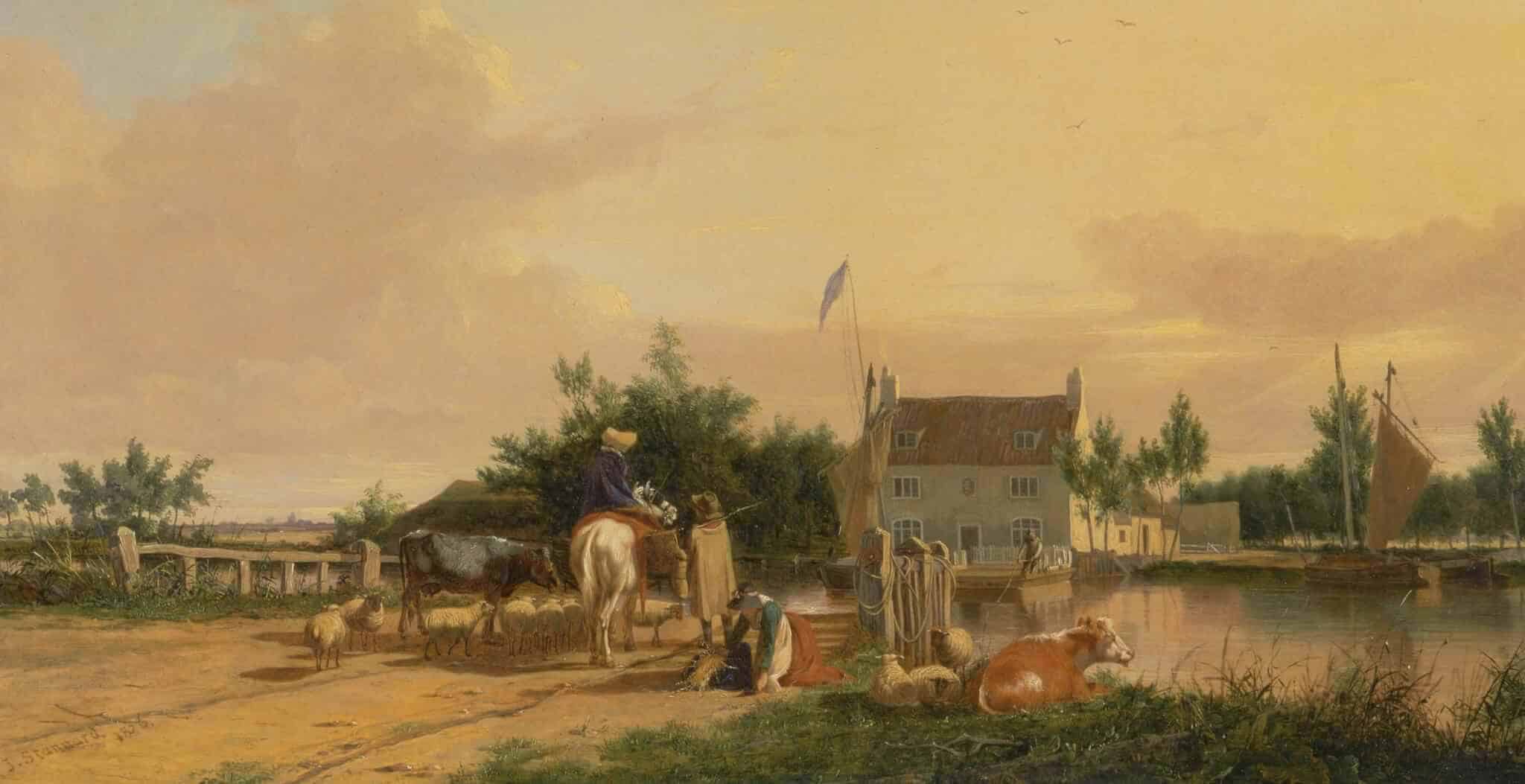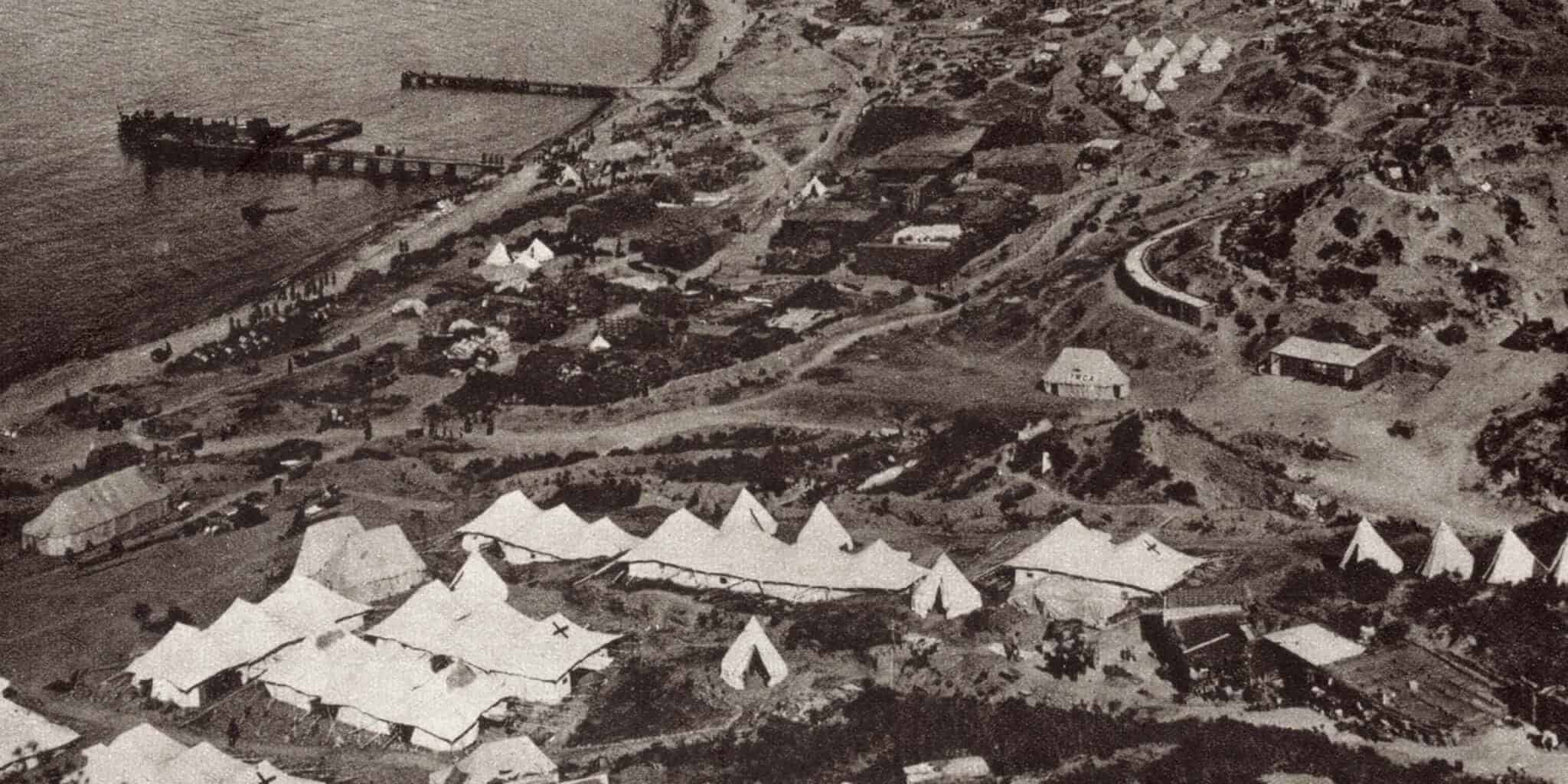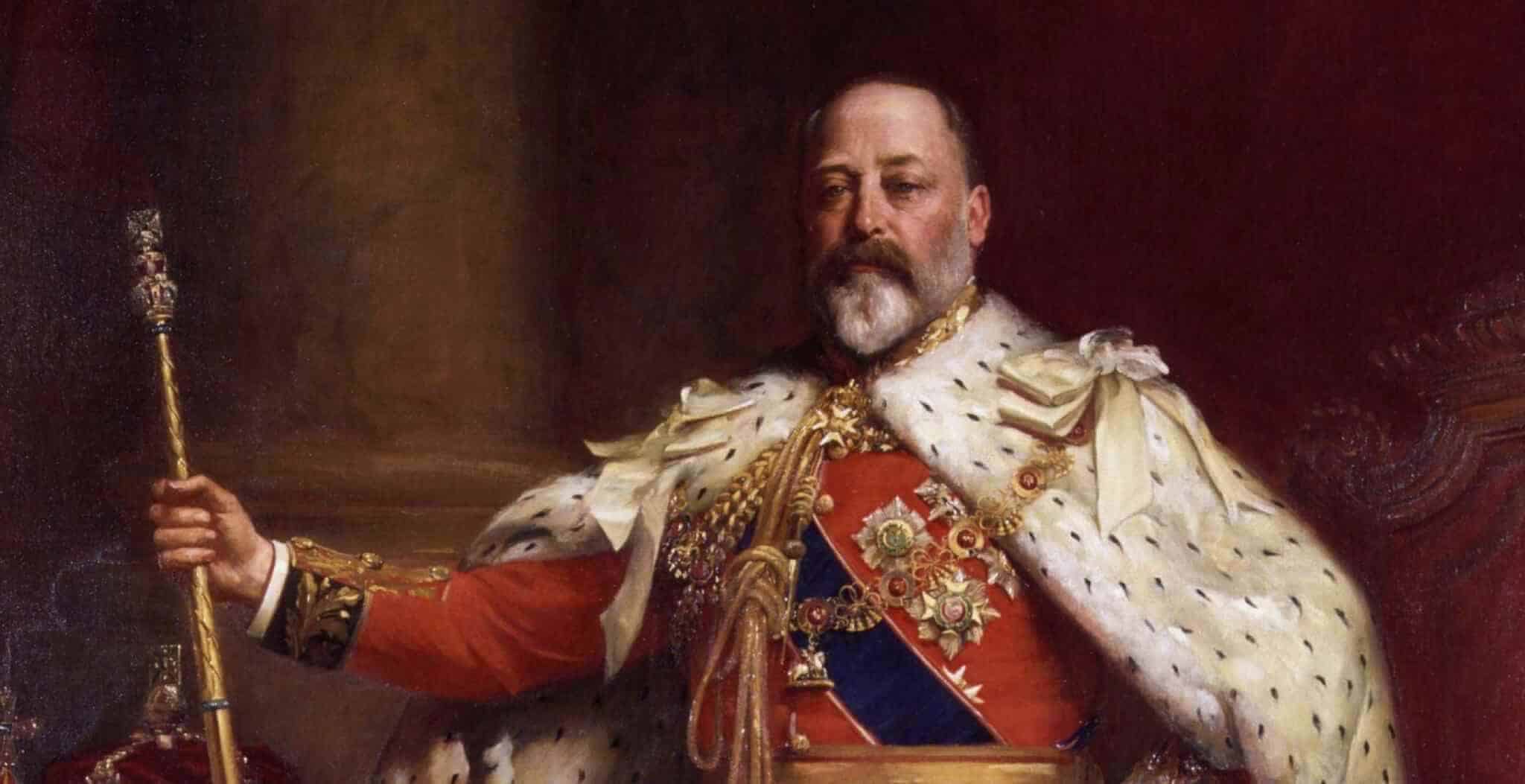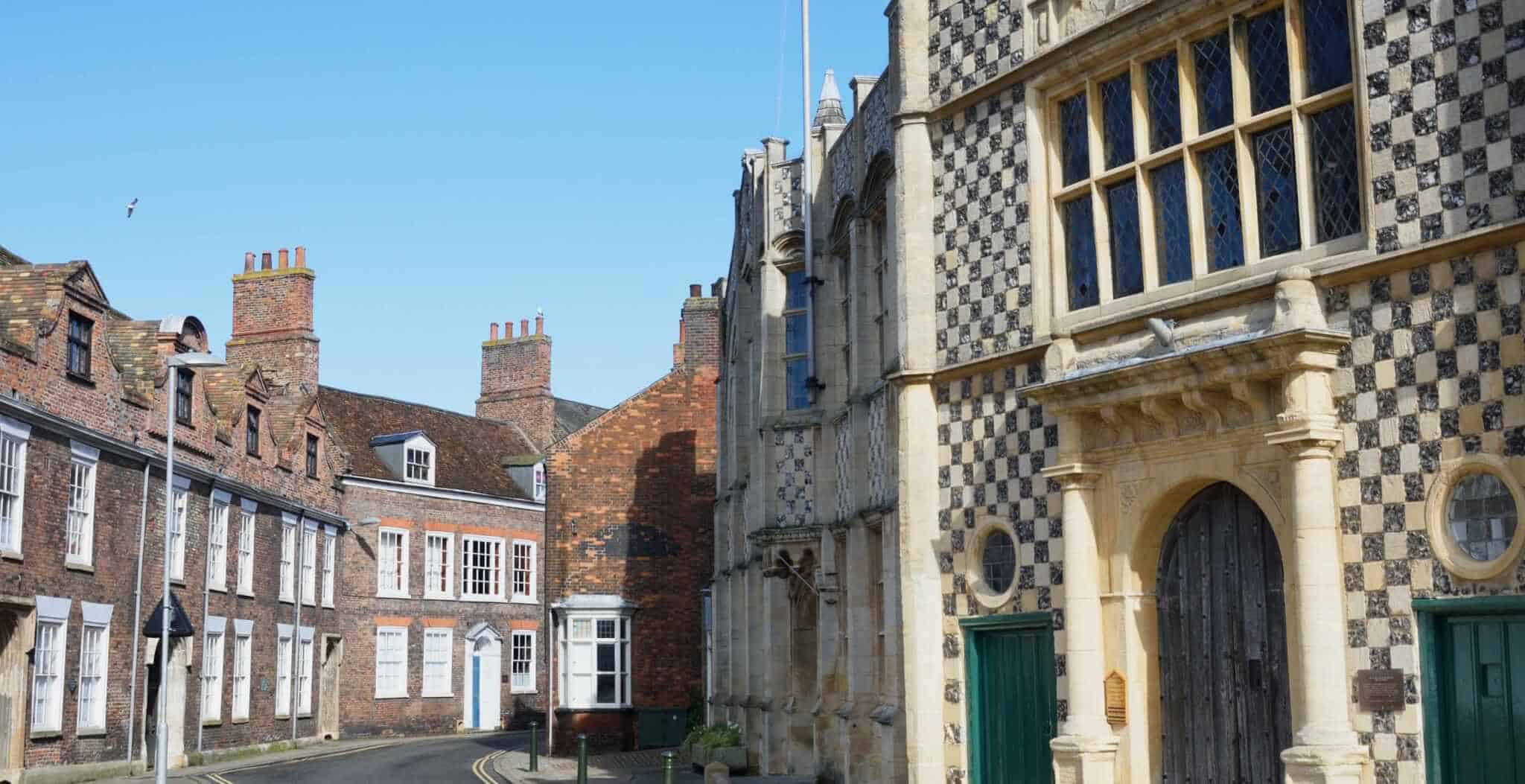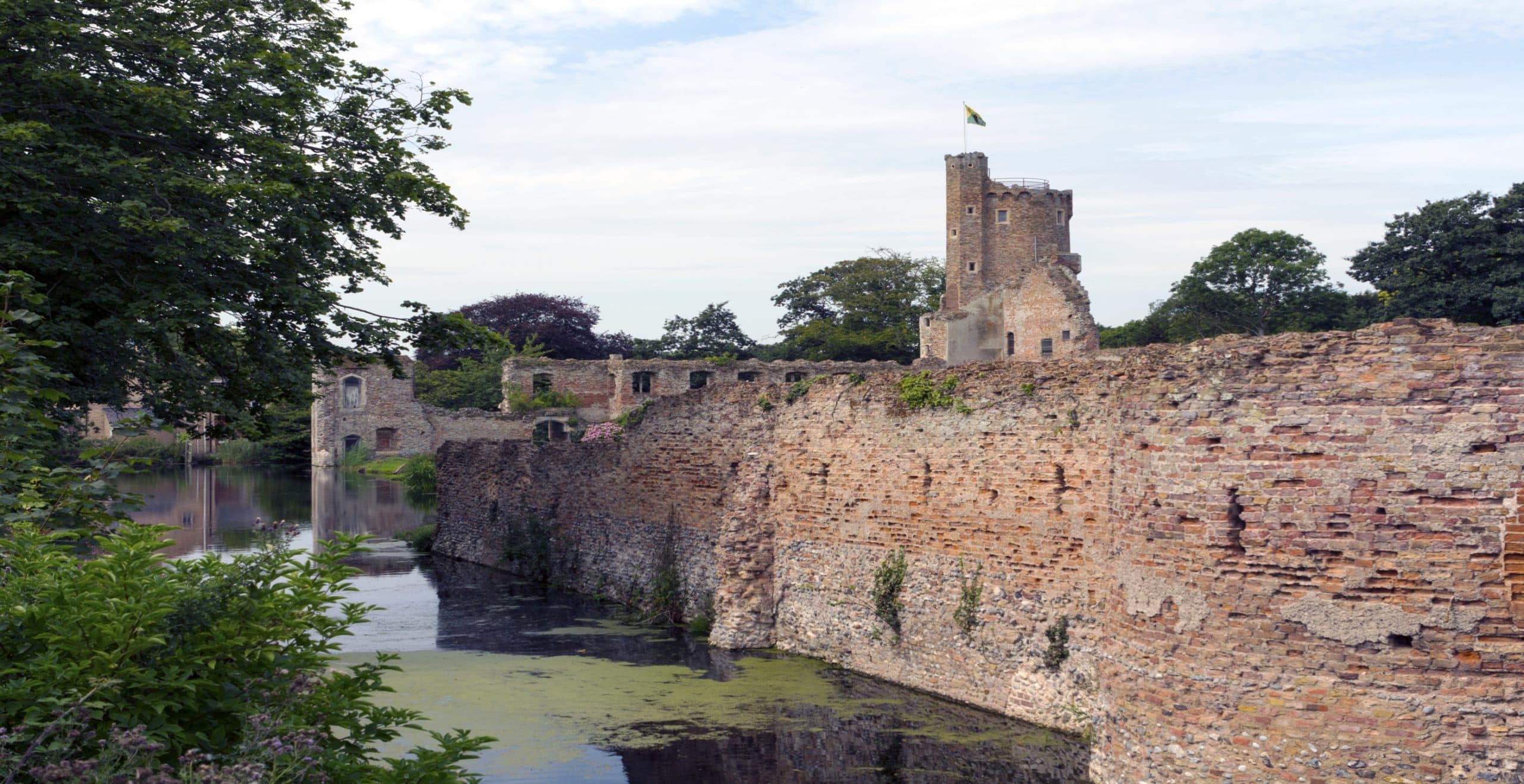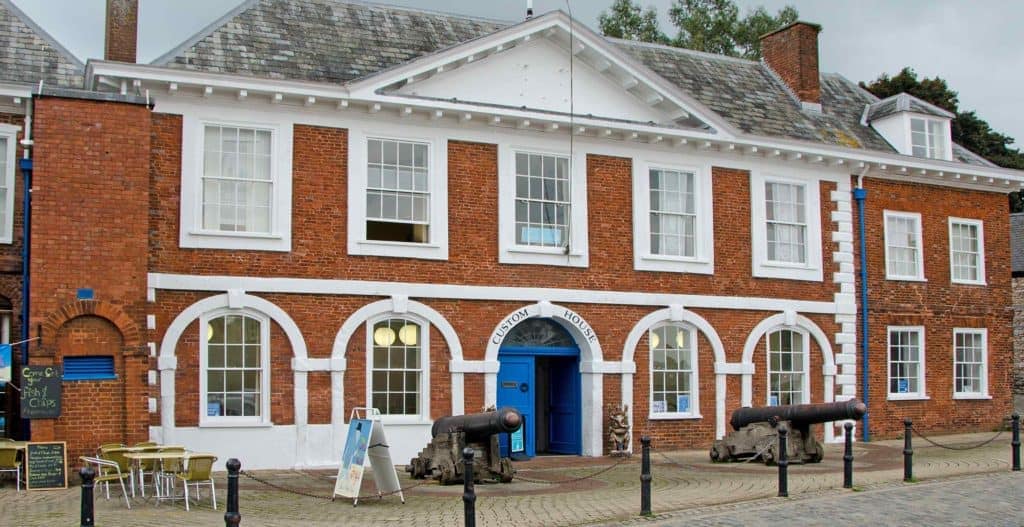Facts about Norfolk
![]() Population: 859,000
Population: 859,000
![]() Famous for: The Norfolk Broads, fantastic beaches
Famous for: The Norfolk Broads, fantastic beaches
![]() Distance from London: 2 – 3 hours
Distance from London: 2 – 3 hours
![]() Local delicacies: Norfolk Dumplings, Rabbit Casserole
Local delicacies: Norfolk Dumplings, Rabbit Casserole
![]() Airports: Norwich
Airports: Norwich
![]() County town: Norwich
County town: Norwich
![]() Nearby Counties: Lincolnshire, Suffolk, Cambridgeshire
Nearby Counties: Lincolnshire, Suffolk, Cambridgeshire
Welcome to Norfolk, a relatively uncrowded county of peaceful countryside and beautiful coastline. Discover the North Norfolk Heritage Coast: visit Victorian Cromer and the seaside resort of Hunstanton. Much of this coast has been designated an Area of Outstanding Natural Beauty. Historic King’s Lynn was once an important port in the Middle Ages and still boasts many charming period buildings.
Or explore the world famous Norfolk Broads. If it’s messing about in boats that you enjoy, look no further than this area of over 125 miles of man-made lock-free waterways set in beautiful countryside, dotted with pretty towns and villages. This is ‘Big Sky’ country and the perfect place for rest and relaxation. Or if you fancy something a little more lively, the seaside resort of Great Yarmouth is nearby.
South Norfolk has a slightly different feel to it. Here you will find thatched cottages, sleepy villages, narrow lanes, country pubs and historic market towns. A magnet for cyclists and walkers, there are many footpaths to explore including the Wherryman's Way which follows the River Yare between Norwich and Great Yarmouth. The trail is named after the wherry, a cargo-carrying barge with black sails that used to be a common sight on the Broads.
Norfolk boasts royal connections too. Sandringham is one of the Queen's country homes and where she likes to spend Christmas. Just outside King's Lynn is the 12th century Castle Rising, former home of Queen Isabella, wife of King Edward II.
Other historic attractions include Grime’s Graves at Lynford near Thetford, the only Neolithic flint mine open to visitors in Britain. Norfolk enjoys a rich Roman heritage, including the Roman town of Venta Icenorum at Caistor St Edmund, three miles south of Norwich. This is also Boudica Country; you can walk the popular Boudica Way from Diss to Norwich past Venta Icenorum.
Norwich is the county town of Norfolk and owes its wealth in the past to the wool trade. There is a Norman castle here and the 11th century cathedral is a great example of Norman architecture.
